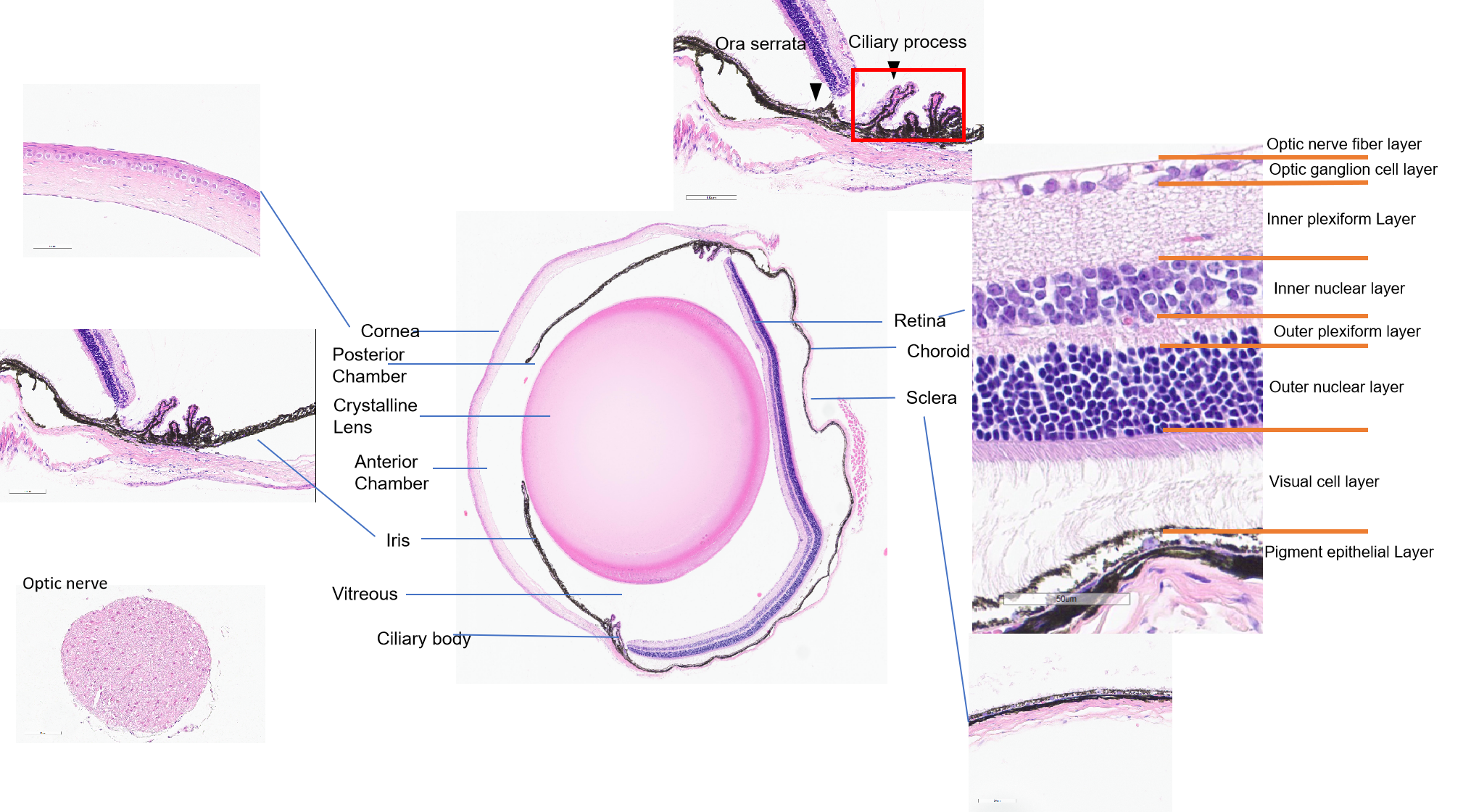

Biocytogen has developed a series of humanized and disease mouse models on Age-related Macular Degeneration (AMD), Retinitis Pigmentosa, and etc. These models possess remarkable utility and can be effectively employed in the research and analysis of ophthalmic diseases.
on this page
Based on the statistics released by the WHO, approximately 2.2 billion individuals across the globe experience vision impairment. Among the middle-aged to elderly demographic, there are roughly 1.09 billion estimated cases of presbyopia. Consequently, the need for assessment through the utilization of mouse models is on the rise.
Biocytogen has developed a series of humanized and disease mouse models on Age-related Macular Degeneration (AMD), Retinitis Pigmentosa, and etc. These models possess remarkable utility and can be effectively employed in the research and analysis of ophthalmic diseases.
Dosing Routes:
Tissue/organ Collection:
